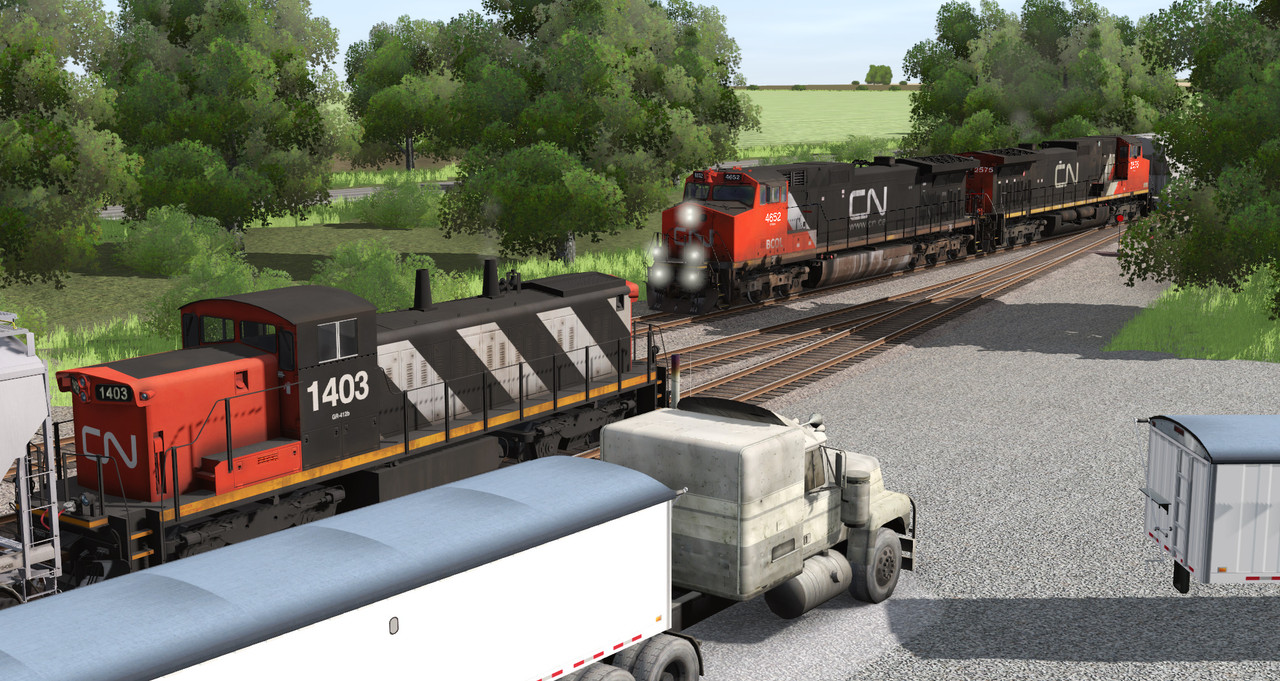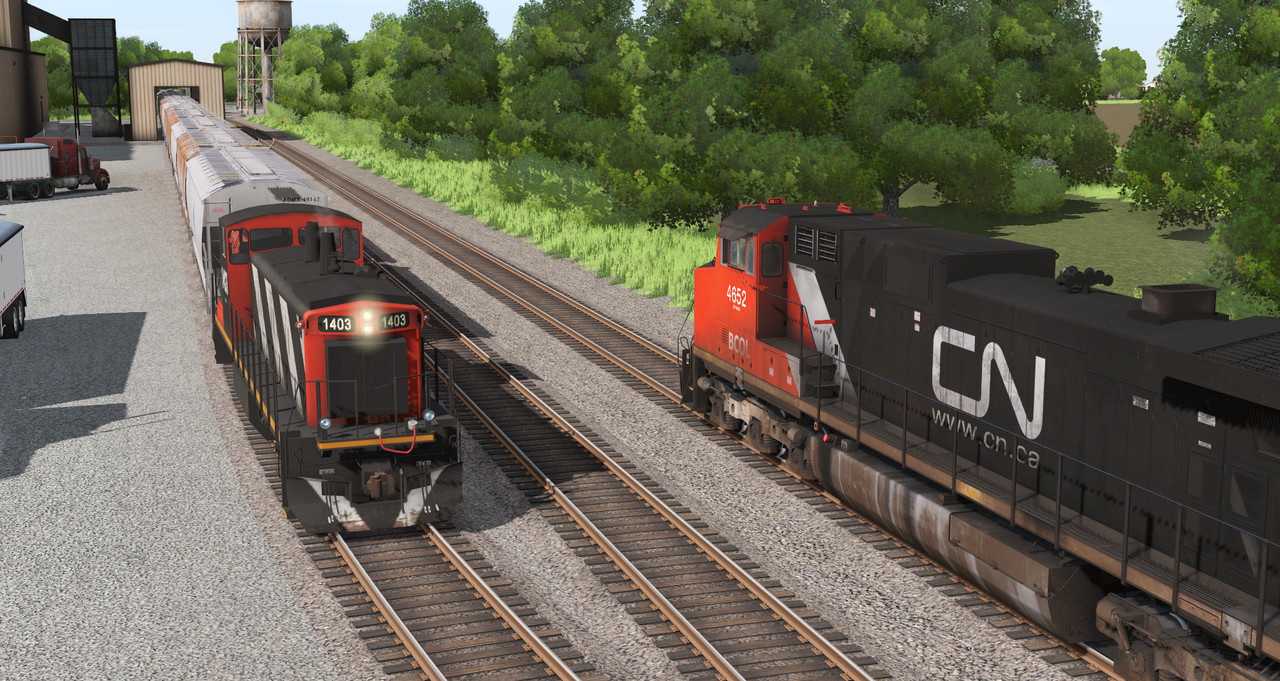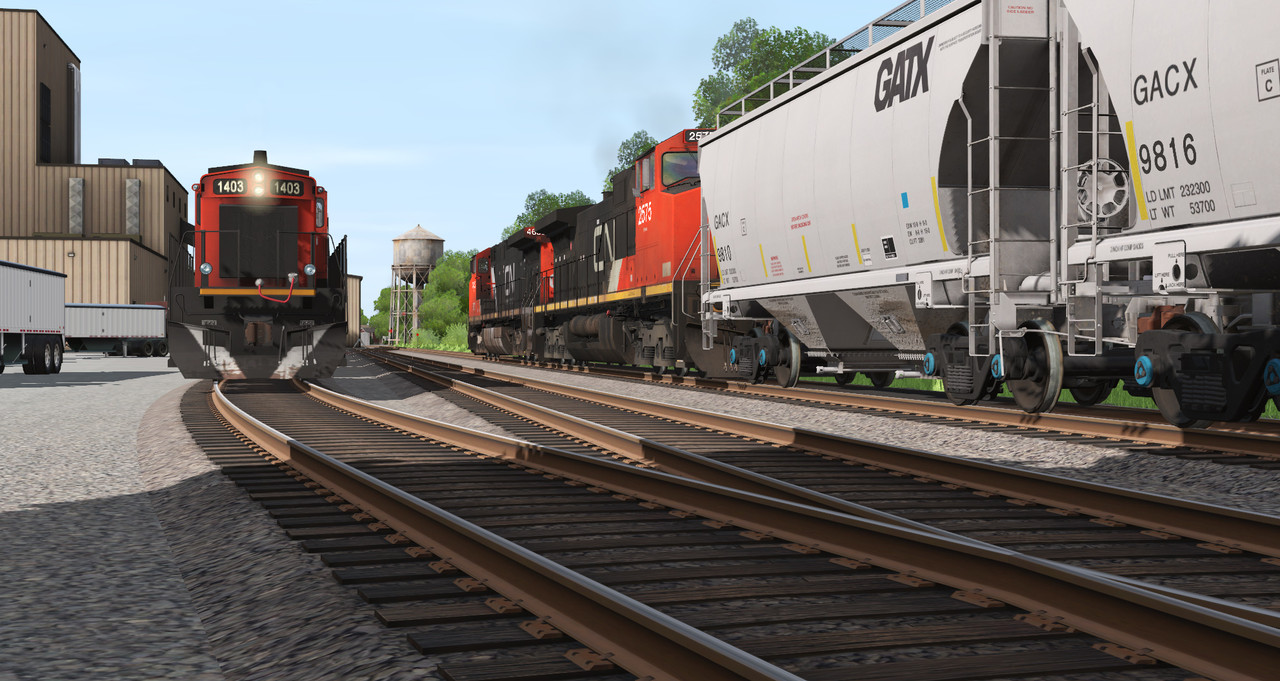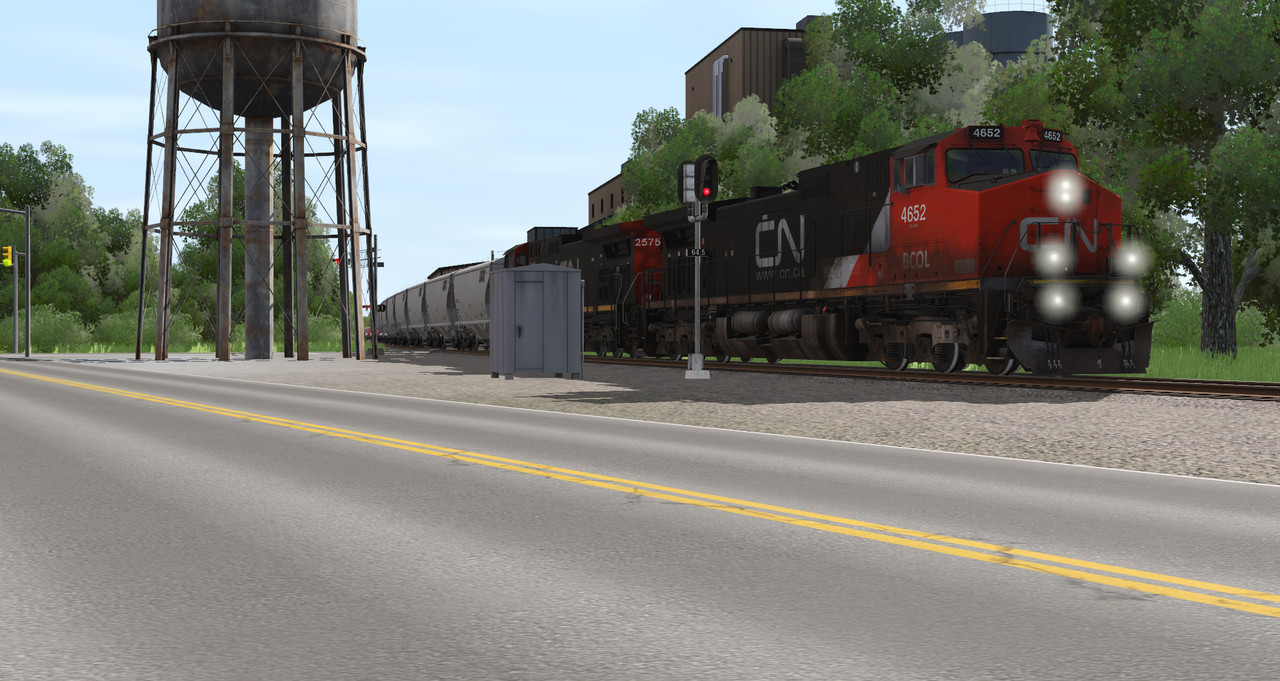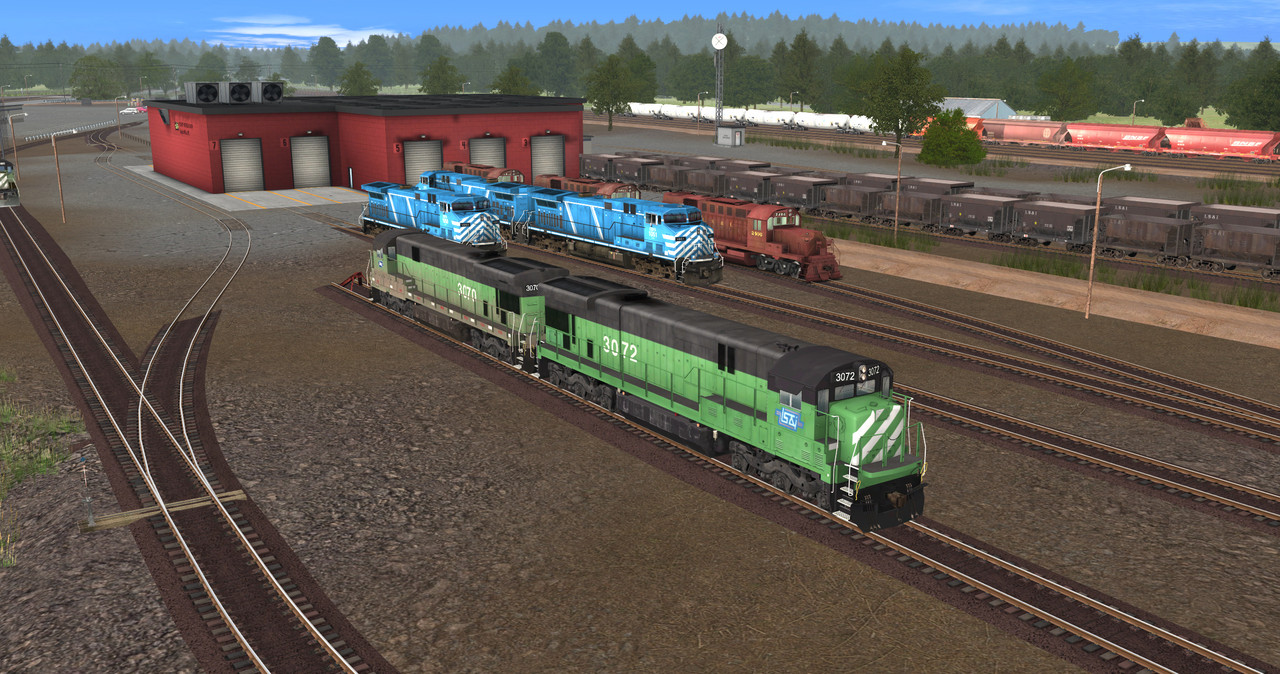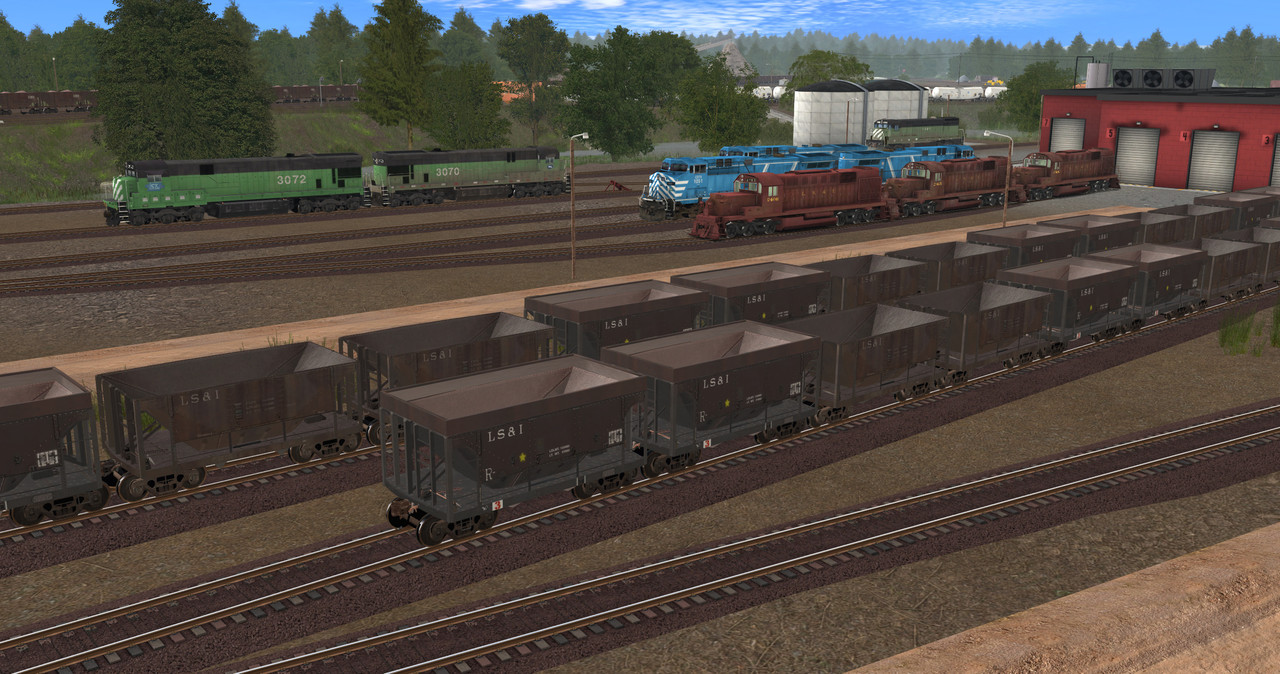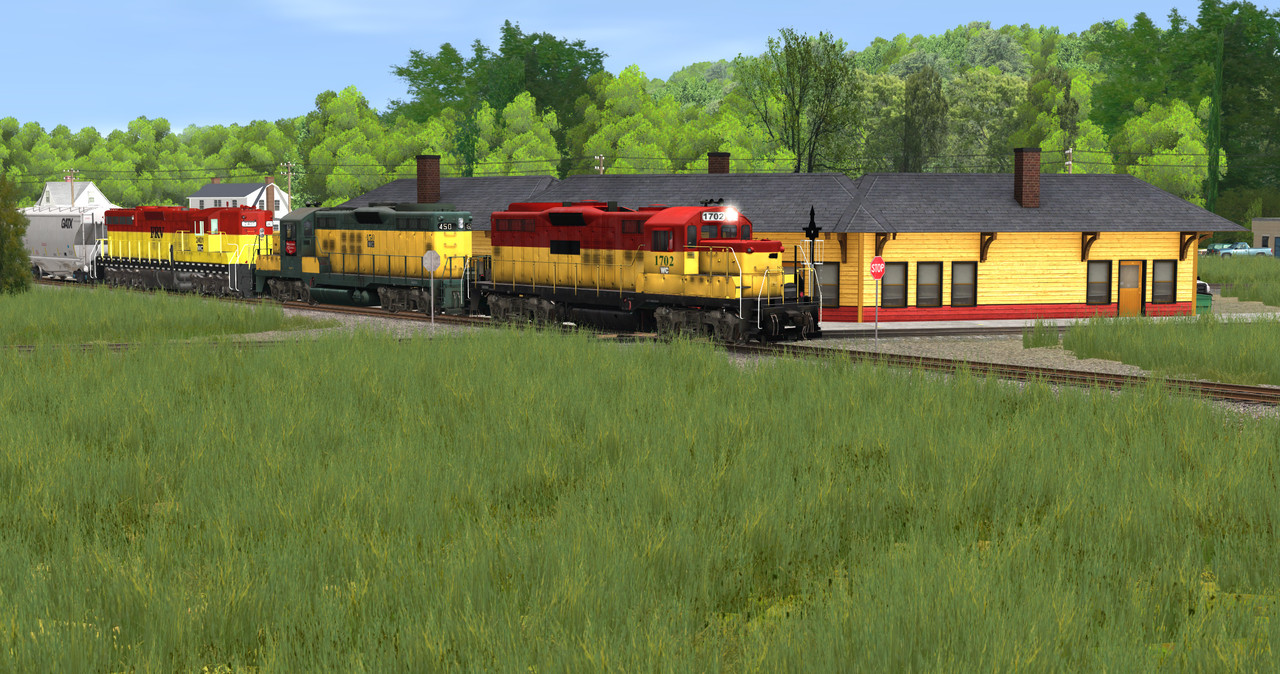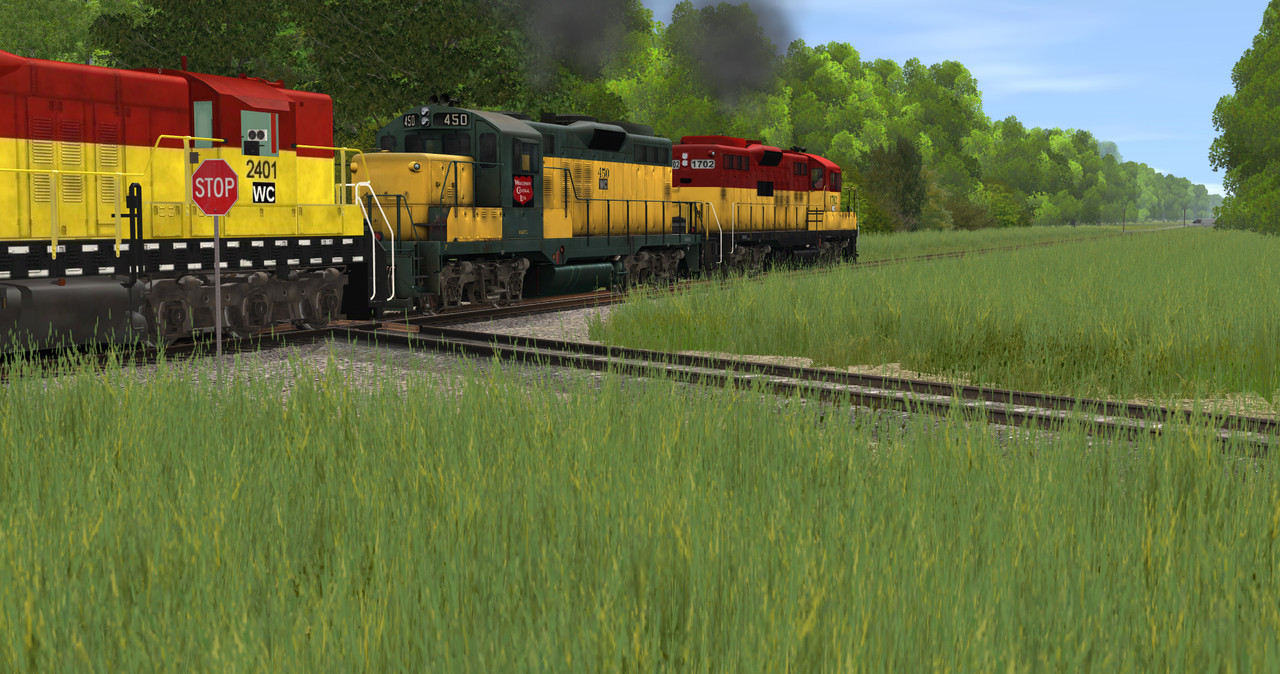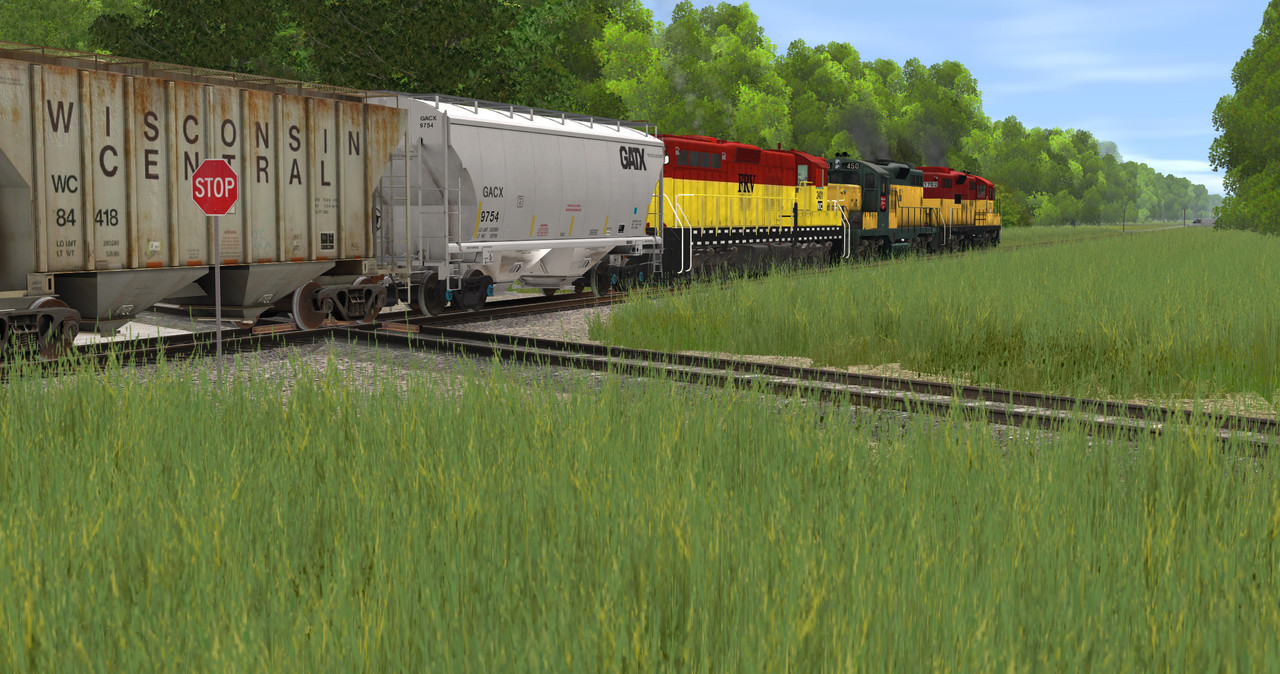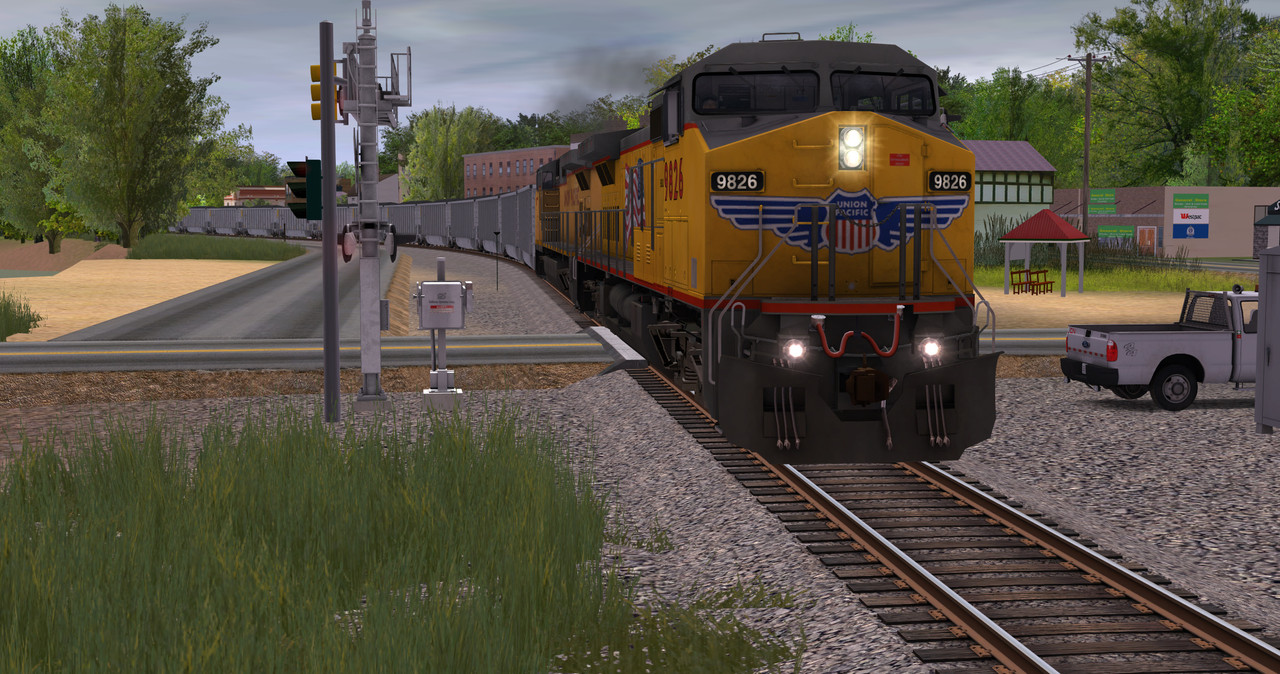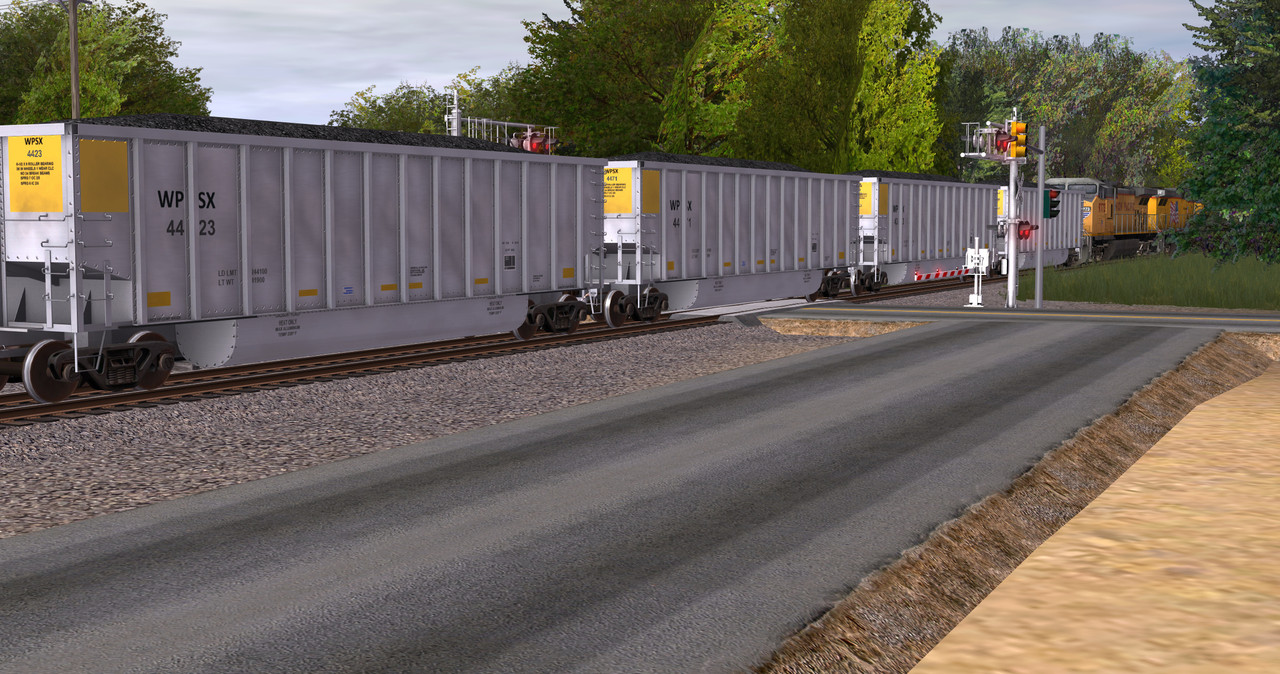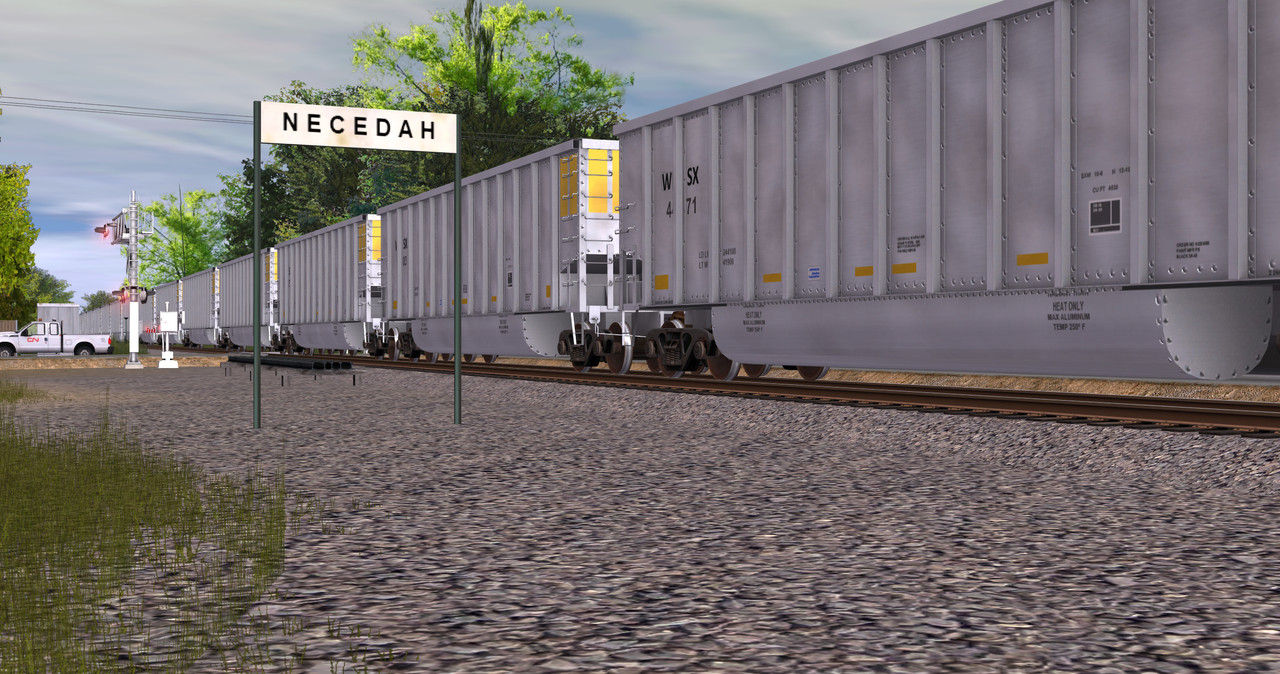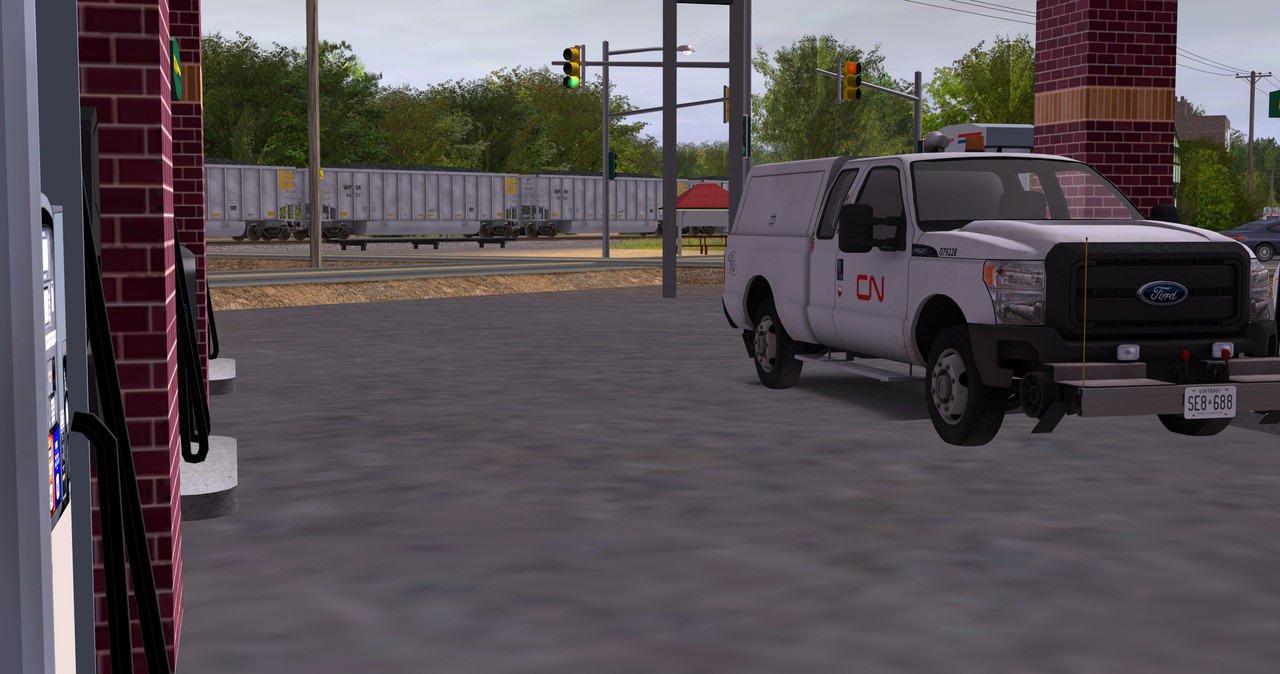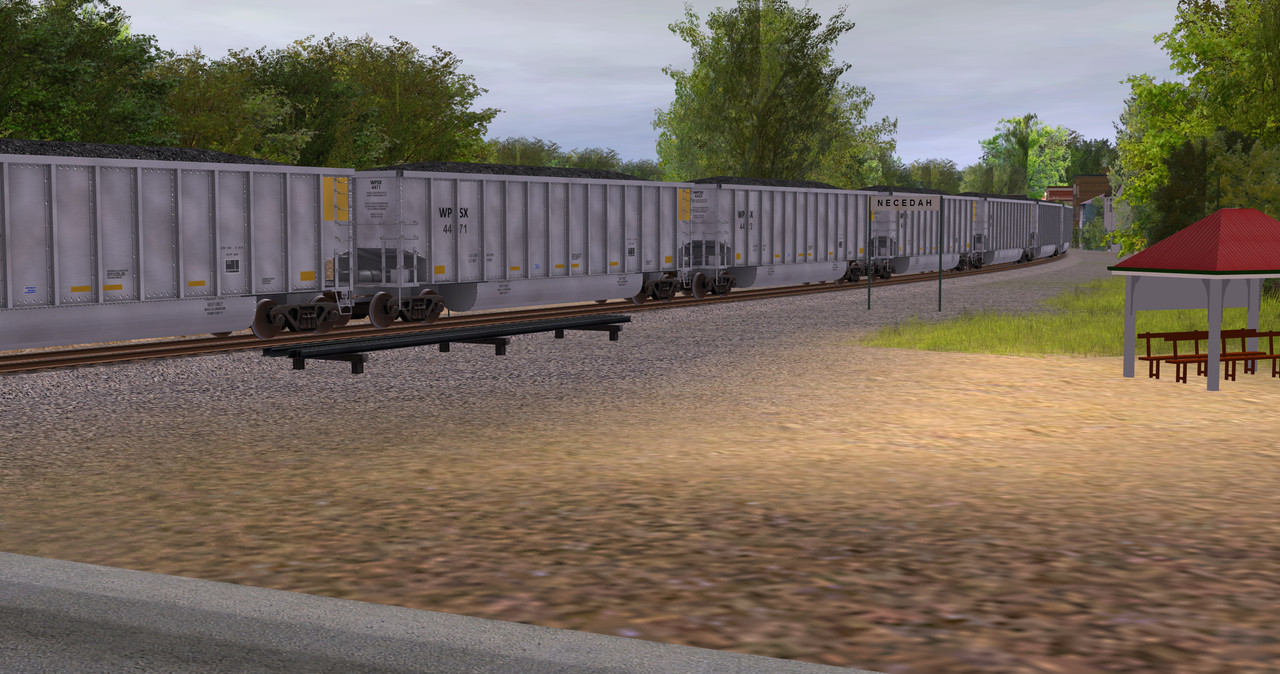When I was thinking about what locomotive would be an appropriate successor to the EF4, I decided to go with Adtranz/Bombardier Transportation IORE locomotives, which are actually two locomotives coupled back-to-back, though modified to run on 25kV 60Hz AC instead of 15kV 16 2/3Hz AC electricity, re-geared to max speeds of 80 miles per hour, and the SA3 coupler replaced with the Janney coupler. Or, I could go with the Chinese HXD3B, which is an electric locomotive based on a single-unit IORE locomotive, though modified to run on 25kV 60Hz AC instead of 25kV 50Hz AC electricity and re-geared to max speeds of 80 miles per hour.
Install the app
How to install the app on iOS
Follow along with the video below to see how to install our site as a web app on your home screen.
Note: This feature may not be available in some browsers.
You are using an out of date browser. It may not display this or other websites correctly.
You should upgrade or use an alternative browser.
You should upgrade or use an alternative browser.
USA Pics
- Thread starter Dermmy
- Start date
You have to open for edit and go into the config file and find light color and change to 255.255.255
Hope this helps
A simple fix, Thank you firestorm32
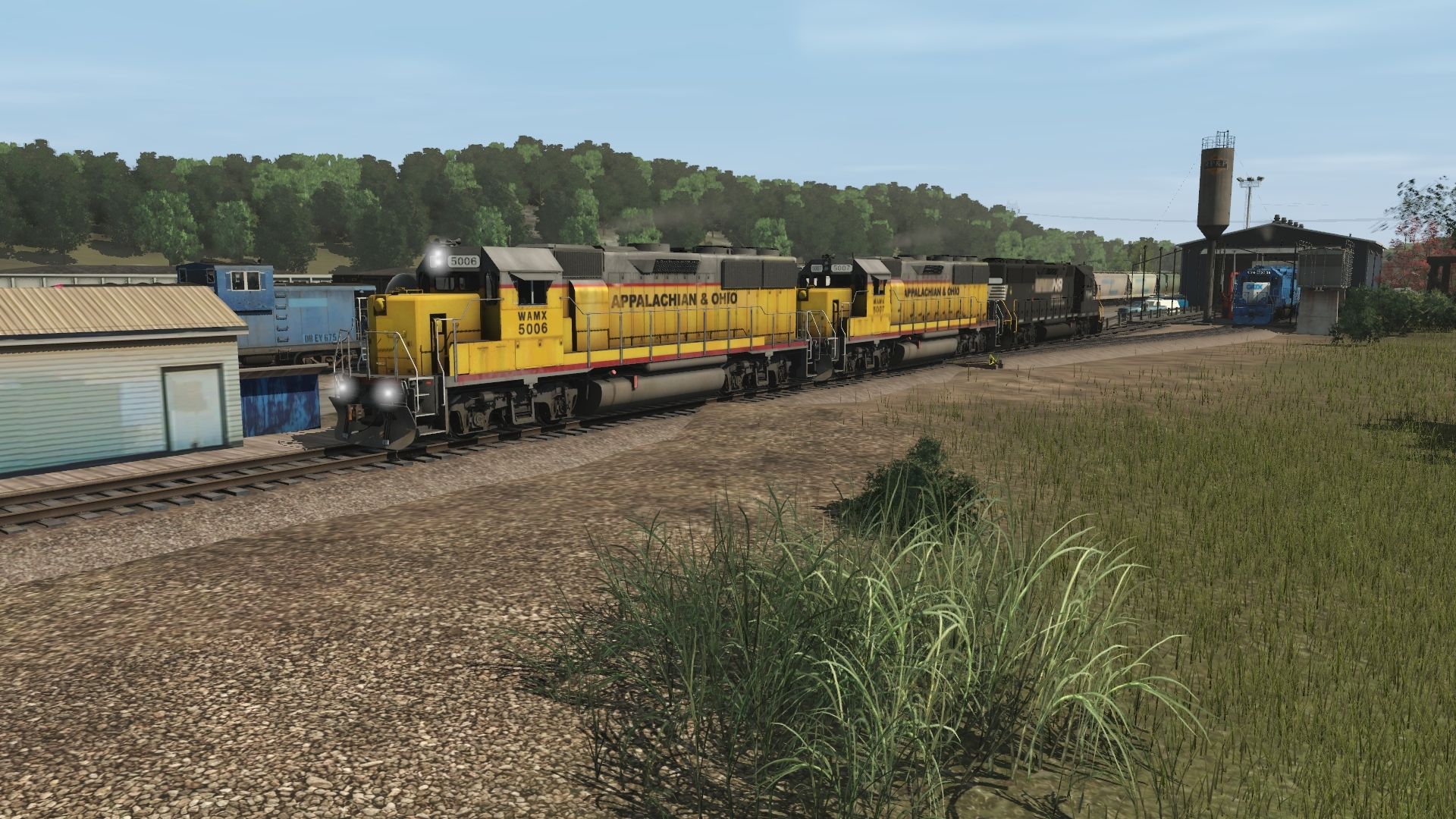


In the early 1960s Union Pacific started asking for a 15,000 hp (11,200 kW) 3-unit locomotive set to replace their ageing and very high maintenance turbine locomotives. General Motors Electro Motive Division's response to UP's request was a 4-unit (instead of the requested 3-unit set) locomotive set, consisting of a pair of 2,500 hp GP35s sandwiching a pair of DD35s, to make one 15,000 hp locomotive set (basically six GP35's in four units). The DD35 was a cabless booster (B unit) locomotive that consisted of two GP35 locomotives prime movers (engines) and electrical systems, mounted on a common frame and covered with a single cowling, riding on a pair of 4-axle Flexicoil trucks, so each prime mover was powering a single set of 4 axles instead of two sets of 2 axles, as in the GP35. EMD produced a demonstrator set in September 1963, painted in striking red and white. UP bought the entire 4-unit demonstrator set and an additional 25 DD35s. The DD35s were were withdrawn from service by 1977.
Shown here at Cheyenne, WY with a PFE hotshot going west over The Hill






Shown here at Cheyenne, WY with a PFE hotshot going west over The Hill





Last edited:
Epoche3bis4
absolute TRS22 Fan


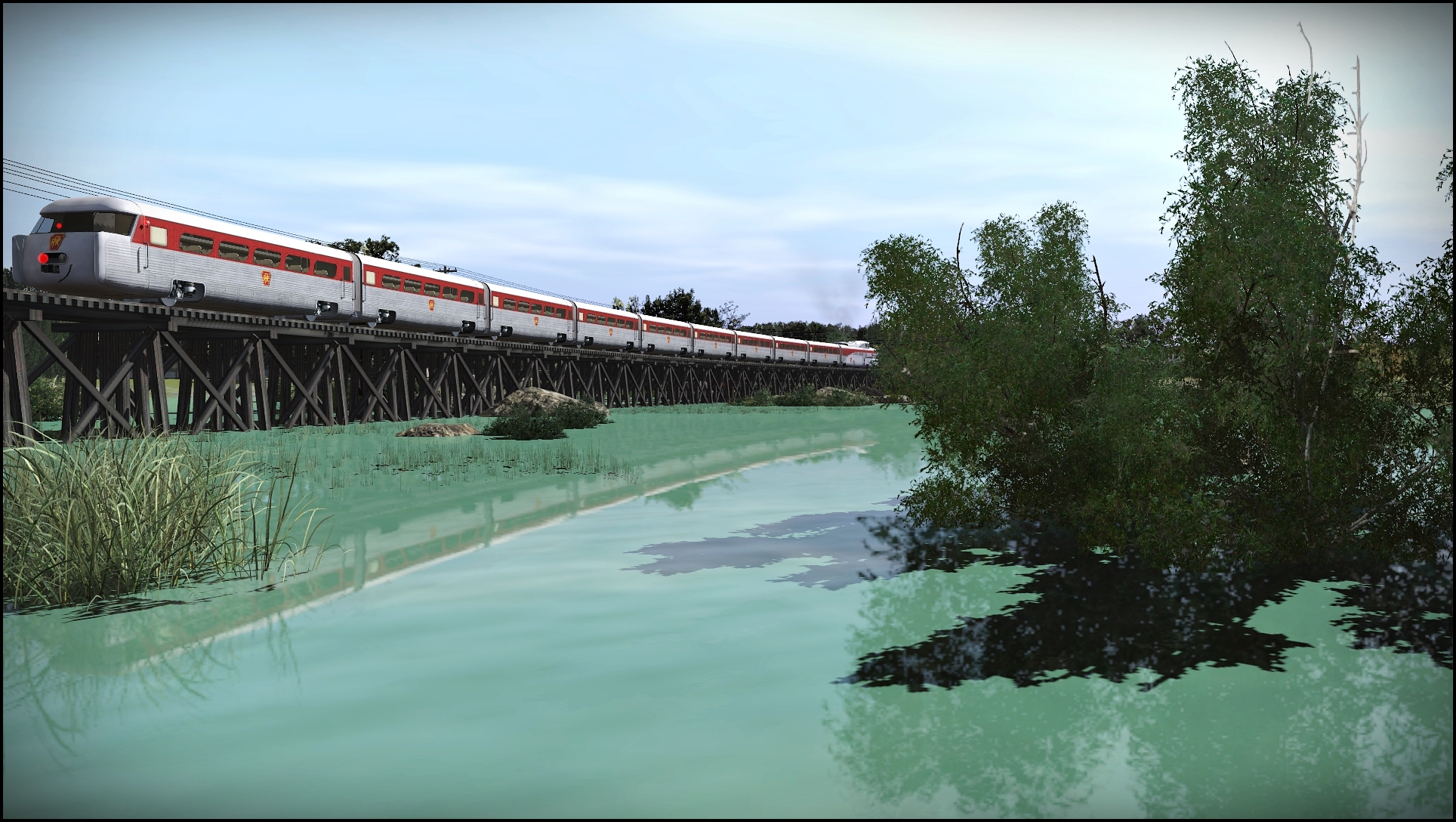
Best Regards and please stay healthy
Epo
you got pretty much all of RGCX's PFE reefers didn't you
Actually I removed quite a few because of the graffiti that wouldn't be era correct.
NS 389 (Portsmouth, OH - Bulls Gap, TN) rolls south through CP Grove and under the CBCR "Big Bridge" just after sunrise.
389 is a daily Pocahontas Division manifest, handling mostly on-line traffic coming out of the massive Moorman Yard in Bellevue. It and northbound counterpart 388 are the only manifest trains on this line, with most traffic traveling the former N&W "Heartland Corridor" to the east, and the old CNO&TP "Rathole" to the West. As such, both of these trains make a number of setouts and pickups along the way. Today is no exception, with 389 carrying 18 cars of plastics, cement, palletized goods, diesel fuel and LPG to set out at Sliprock Yard 10 miles to the south. After waiting on a northbound coal train and lifting 13 cars for 101 (Bulls Gap, TN - Memphis, TN) to take West the next day, 389 will finish up its journey to Bulls Gap, and tie up in time for a late lunch.

389 is a daily Pocahontas Division manifest, handling mostly on-line traffic coming out of the massive Moorman Yard in Bellevue. It and northbound counterpart 388 are the only manifest trains on this line, with most traffic traveling the former N&W "Heartland Corridor" to the east, and the old CNO&TP "Rathole" to the West. As such, both of these trains make a number of setouts and pickups along the way. Today is no exception, with 389 carrying 18 cars of plastics, cement, palletized goods, diesel fuel and LPG to set out at Sliprock Yard 10 miles to the south. After waiting on a northbound coal train and lifting 13 cars for 101 (Bulls Gap, TN - Memphis, TN) to take West the next day, 389 will finish up its journey to Bulls Gap, and tie up in time for a late lunch.

Railwoodman
Well-known member

MATT
Dinorius_Redundicus
kuid 68213
I'm no railroad expert, but just looking at the track in post #43826 above, would the ties really be allowed to overhang the ballast on both sides of the rails like that? Doesn't that partially defeat the purpose of the ties (and the ballast)?
Railwoodman
Well-known member
I take it your not a fan of the track :hehe: in post 43826 .
Similar threads
- Replies
- 7
- Views
- 356
- Replies
- 3
- Views
- 663




















